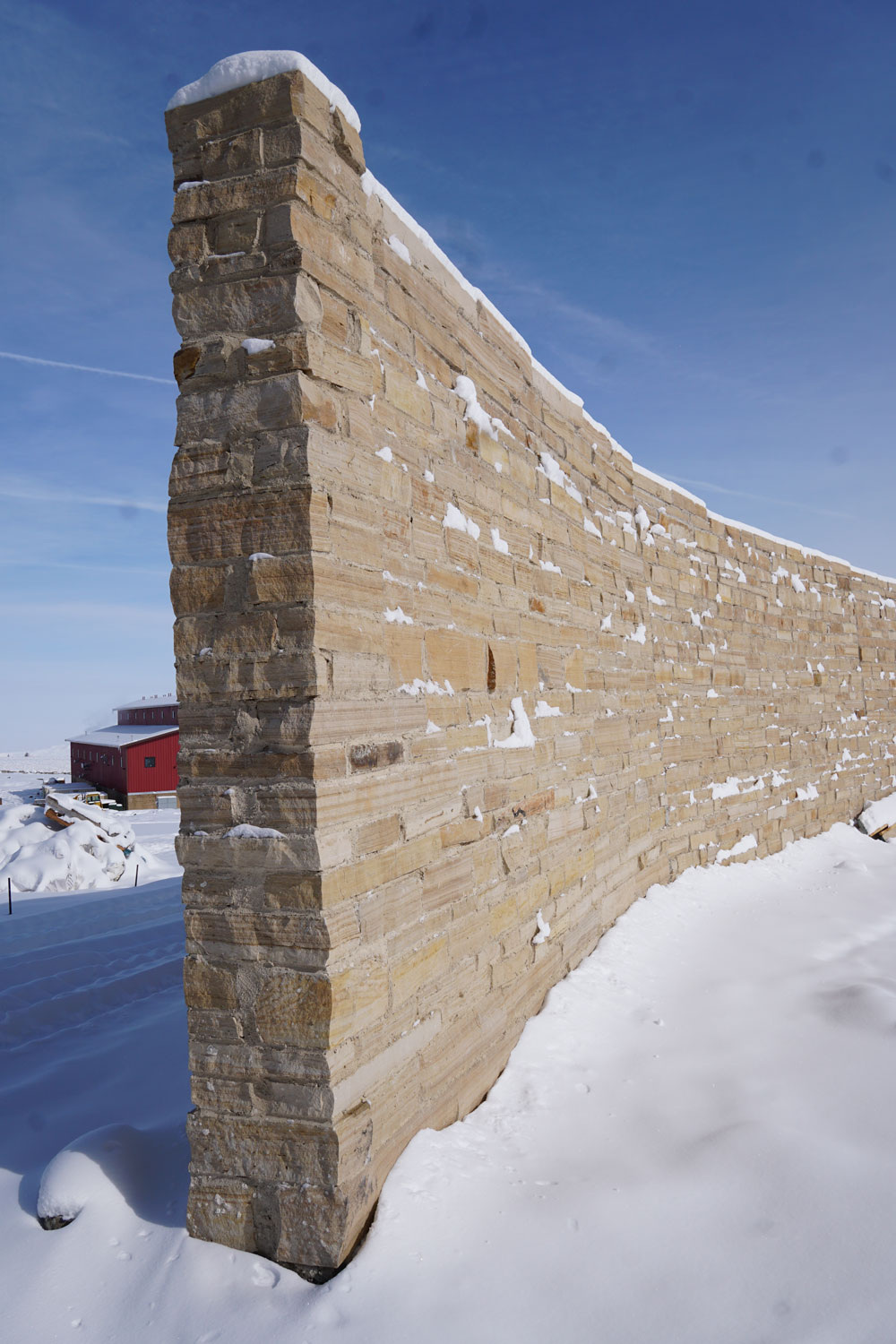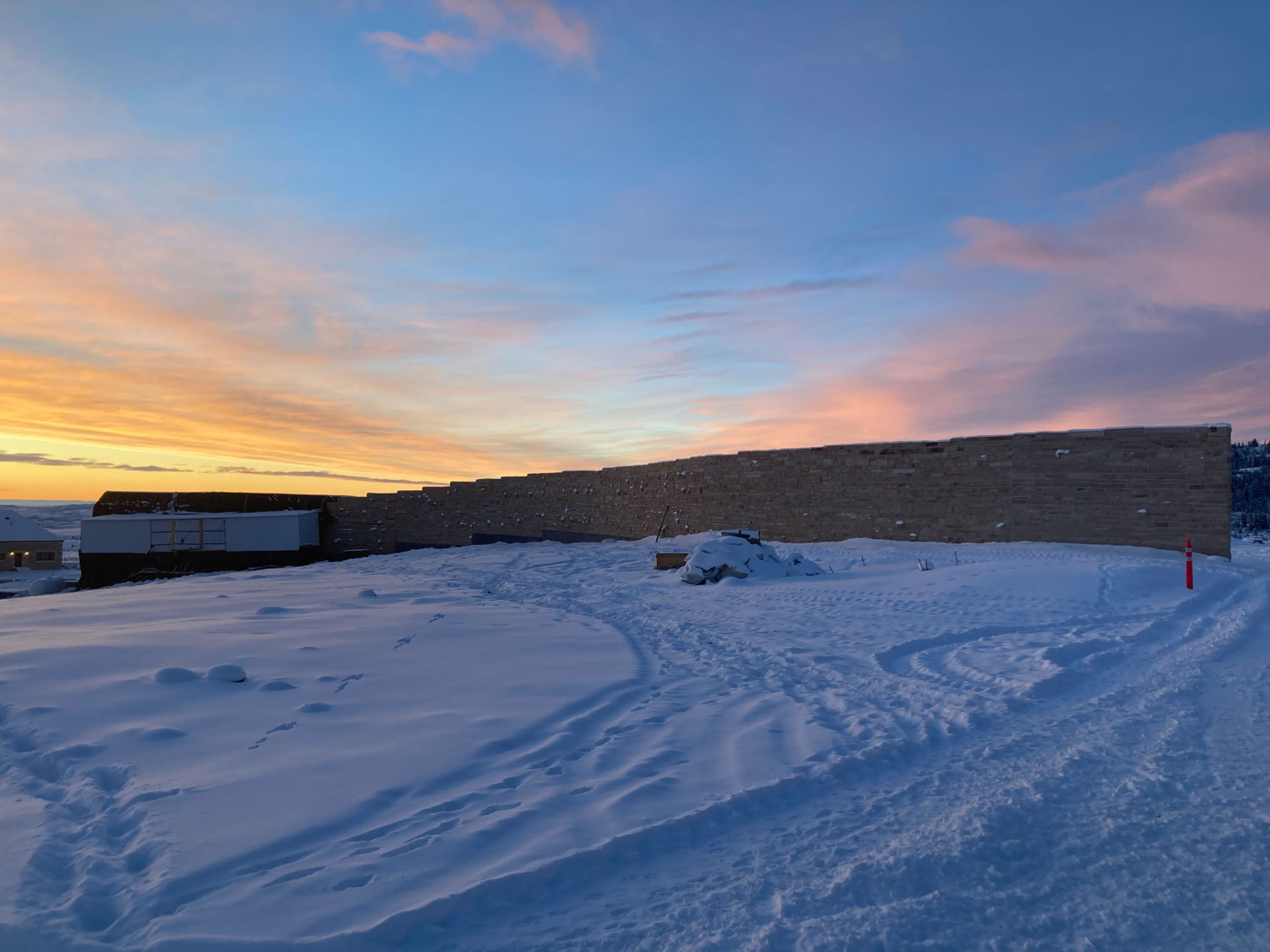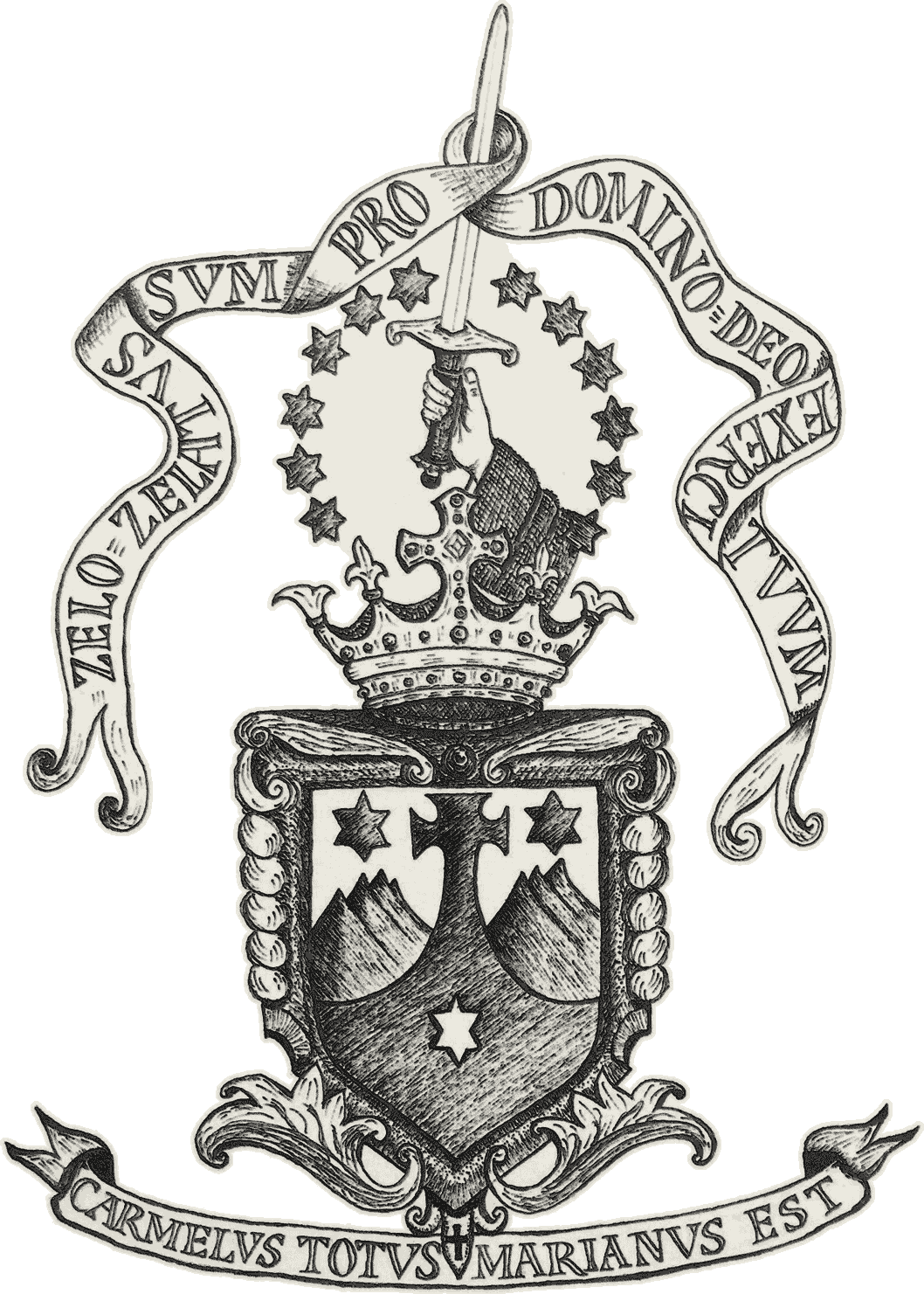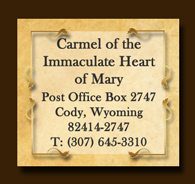A distinct and integral dimension of the vocation of the Monks of the Most Blessed Virgin Mary of Mount Carmel is the observance of cloister or enclosure corresponding to the entirely contemplative nature of their vocation. Since the monks have no apostolate apart from the contemplation of God, and therefore no parish assignments or active apostolates, the monks keep a stricter enclosure than is found amongst other communities of friars, monks, or hermits. According to the Carmelite custom popularized by Ss. Teresa of Jesus in the convents of Discalced Carmelite Nuns, and practiced by the Desert Houses of Carmelite men, the monastery is surrounded by a tall wall and the monks meet most rarely with visitors in the monastery speakroom separated by grilles or metal grating. Visitors to the monastery generally do not see the monk's face, but rather interact with the monk through a turnstile or revolving cupboard used to pass objects from outside the monastery to inside or vice versa. The strictness of the monastic enclosure practiced by the Carmelite Monks of Wyoming is entirely unique to them amongst contemporary male religious communities.

A candidate to the monastery or a visitor may wonder at the radicalness of the monks' hidden vocation and the degree of separation, which necessitates deeper consideration. The monks have not left the world to enter the monastery out of disregard for the world and its contemporary challenges, but rather out of love. Hidden in the monastery, the monk has entered the heart of the Church, which is inseparable from the Immaculate and Sacred Hearts. In the silence and solitude of the enclosure, God has prepared an ideal environment for the contemplative life to flourish according to its ancient rhythm. From within this obscurity, the monk desires that all praise be given not to him, but rather to the Triune God Who has called the monk to this extraordinary vocation of radical and selfless love. Rather than look upon the monk's face, the monk would rather direct through his life the attention of the world to God and to His Church. The monk cherishes the hiddenness of his vocation.
Nonetheless, a certain degree of fear is to be expected by candidates to this life and of apprehension by families and friends of candidates. The vocation to the monastic life is an entirely free decision and the locks to the monastery's doors are on the inside; a young man in initial formation is free to leave at any time. The walls and grilles do not lock the monk inside, but rather allow him to embrace the entire world. From within the enclosure, the monk's prayers extend beyond geographical boundaries. Moreover, the monks maintain regular contact with their families and friends according to the Carmelite tradition. While the enclosure is indeed a sacrifice, it nonetheless creates a sacred space where the monk dwells with Jesus, Mary, and Joseph and from which the monk unites his prayers to all those he loves, seen and unseen, throughout the world.

The enclosure retains a perennial value for the Church in the order of grace that the Carmelite Monks of Wyoming seek to steadfastly preserve for the glory of God and the salvation of souls.

